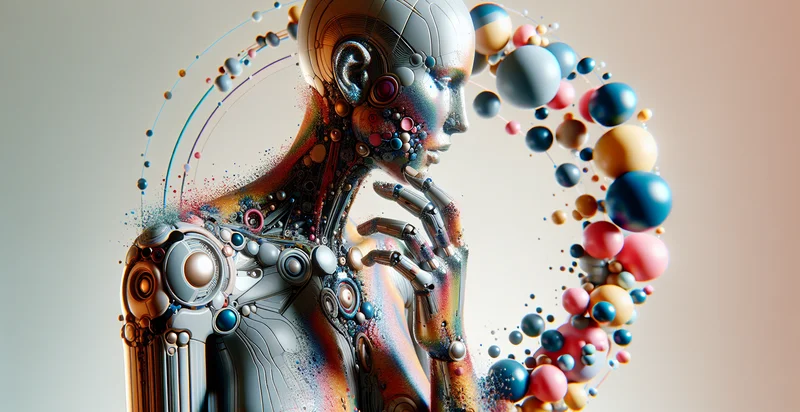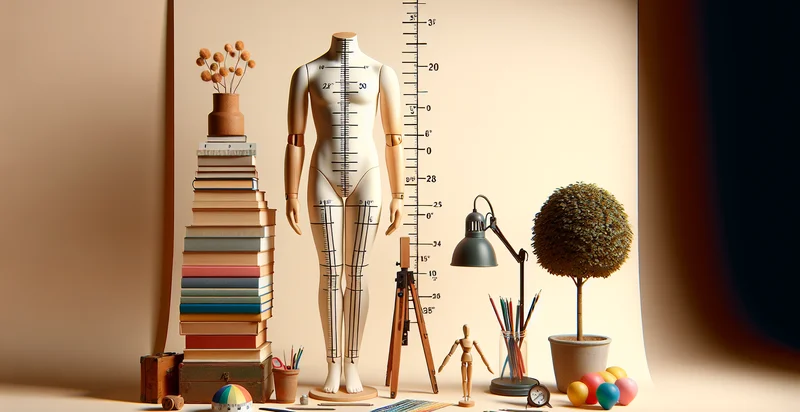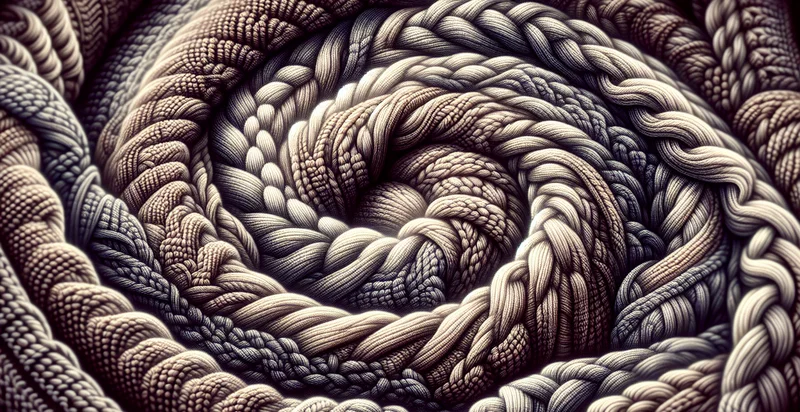Identify what material a mannequin is made from
using AI
Below is a free classifier to identify what material a mannequin is made from. Just upload your image, and our AI will predict what material a mannequin is made from - in just seconds.

Contact us for API access
Or, use Nyckel to build highly-accurate custom classifiers in just minutes. No PhD required.
Get started
import nyckel
credentials = nyckel.Credentials("YOUR_CLIENT_ID", "YOUR_CLIENT_SECRET")
nyckel.invoke("what-material-a-mannequin-is-made-from", "your_image_url", credentials)
fetch('https://www.nyckel.com/v1/functions/what-material-a-mannequin-is-made-from/invoke', {
method: 'POST',
headers: {
'Authorization': 'Bearer ' + 'YOUR_BEARER_TOKEN',
'Content-Type': 'application/json',
},
body: JSON.stringify(
{"data": "your_image_url"}
)
})
.then(response => response.json())
.then(data => console.log(data));
curl -X POST \
-H "Content-Type: application/json" \
-H "Authorization: Bearer YOUR_BEARER_TOKEN" \
-d '{"data": "your_image_url"}' \
https://www.nyckel.com/v1/functions/what-material-a-mannequin-is-made-from/invoke
How this classifier works
To start, upload your image. Our AI tool will then predict what material a mannequin is made from.
This pretrained image model uses a Nyckel-created dataset and has 17 labels, including Aluminum, Cardboard, Ceramic, Concrete, Fiberglass, Foam, Glass, Metal, Paper Mache and Plastic.
We'll also show a confidence score (the higher the number, the more confident the AI model is around what material a mannequin is made from).
Whether you're just curious or building what material a mannequin is made from detection into your application, we hope our classifier proves helpful.
Related Classifiers
Need to identify what material a mannequin is made from at scale?
Get API or Zapier access to this classifier for free. It's perfect for:
- Retail Inventory Management: Retail stores can use the mannequin material identifier to streamline inventory management. By automatically categorizing mannequins based on material, retailers can better track stock levels, predict restocking needs, and optimize display strategies.
- Faux vs. Real Material Detection: Fashion designers and retailers can utilize this function to differentiate between faux and real materials on mannequins. This capability can support ethical marketing efforts, as brands can ensure transparency in their material usage while appealing to eco-conscious consumers.
- Visual Merchandising Optimization: Visual merchandisers can leverage the mannequin material identification to enhance in-store displays. By recognizing the material, they can select complementary products and fabrics that align with the mannequin's texture, improving overall aesthetic appeal and customer engagement.
- E-commerce Image Analysis: E-commerce platforms can adopt this function to analyze product images automatically. By classifying mannequin materials, online retailers can create more accurate product descriptions and pair products with appropriate materials, enhancing user experience and reducing return rates.
- Sustainability Reporting: Brands focused on sustainability can use this function to generate reports on materials used in their mannequin displays. By identifying and categorizing the materials, businesses can share their sustainability efforts with consumers, helping to build trust and brand loyalty.
- Market Research Insights: Market researchers can employ this functionality to gather data on trends in mannequin materials used across different retailers. By analyzing this data, businesses can gain insights into consumer preferences and adjust their product lines accordingly.
- Product Development: Fashion companies can rely on this tool during the product development phase to experiment with different mannequin materials. Understanding the performance and visual qualities of various materials can lead to more informed choices, promoting innovation in display techniques.


